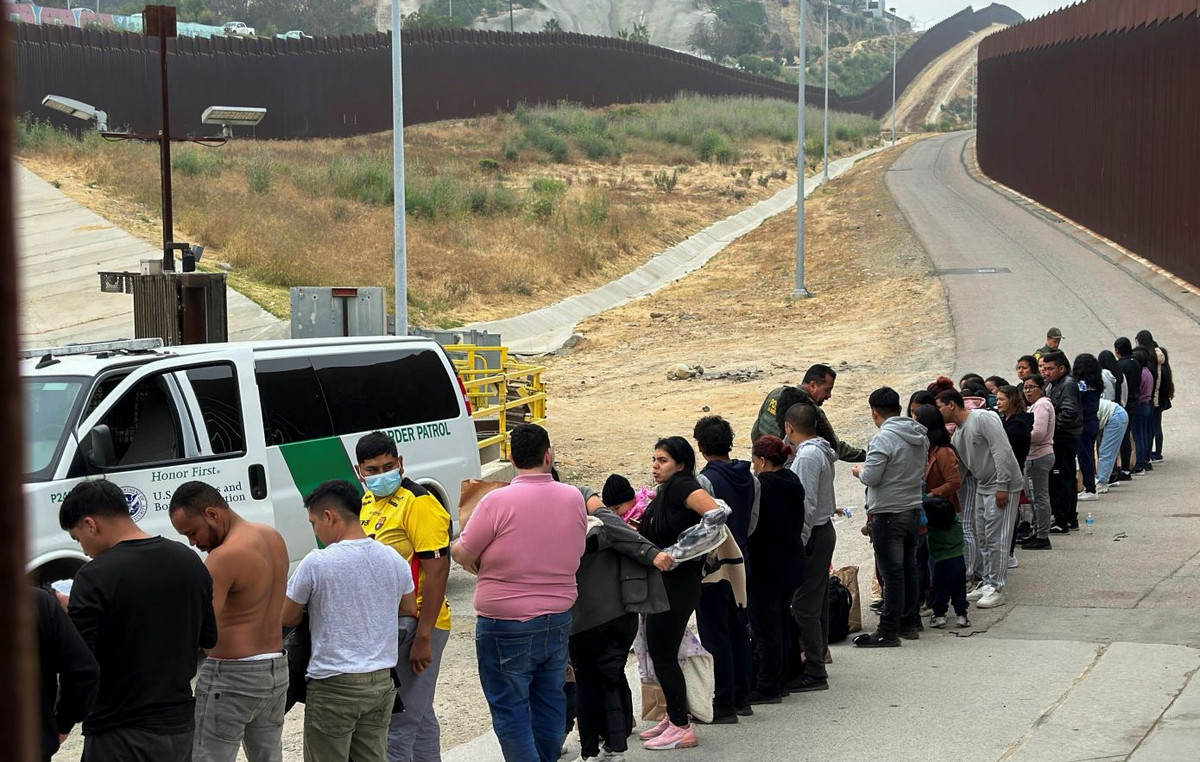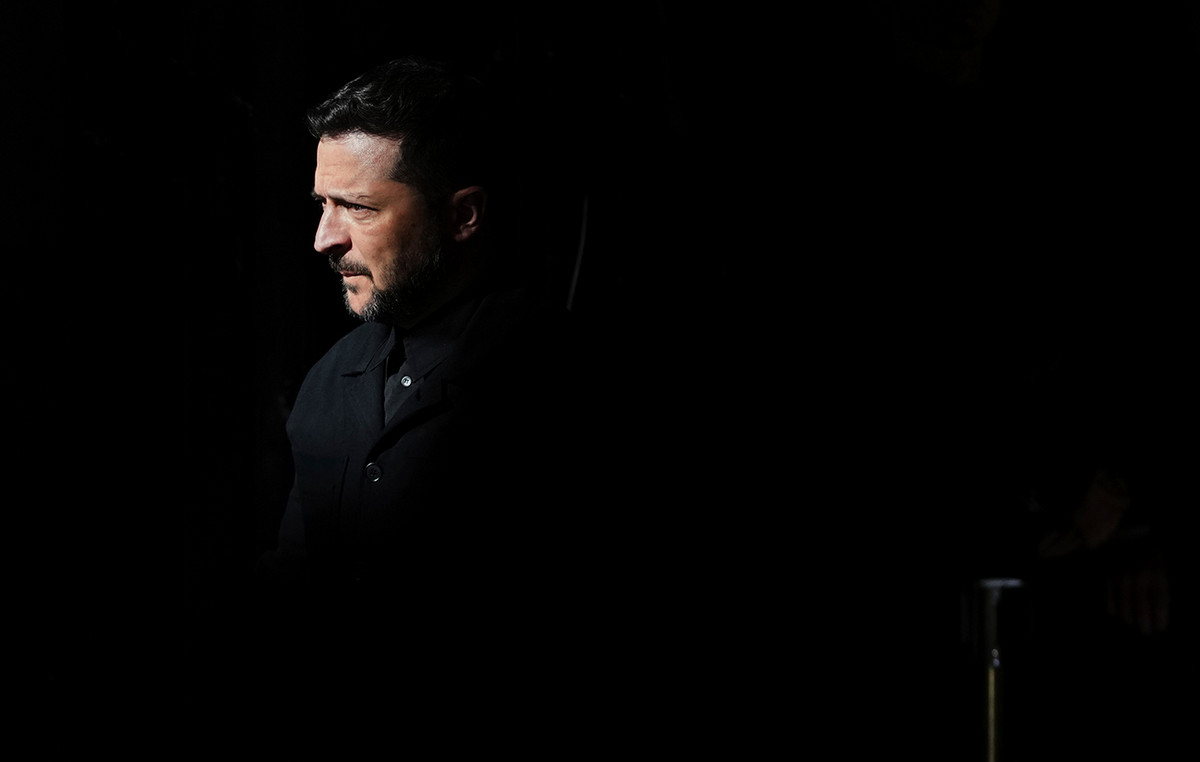This article is published in the 20/21 issue of Vanity Fair on newsstands until May 25, 2021
When I get home in the evening I always ask myself which route is best to take. I choose the brightest street, on the subway I sit in the busiest car, I walk talking on the phone with a friend. In isolated streets I proceed at a brisk pace, often looking around and keeping other people under control at a distance. Sarah Everard also took these little steps to feel safe at night.
She also did it the night she was kidnapped, and then killed, on her way home to London at 9.30pm after a dinner with friends.
The debate on the safety of women in the city is back in the air after the clamor of the Everard case. It is a debate that recalls another, broader one. It’s not just about verbal assaults and harassment. When we look at our urban centers, as they were designed and built, there are many elements that should make us reflect. We see mothers who struggle to use public transport with their strollers, people with disabilities in precarious situations, social and economic disparities whose consequences fall primarily on women.
In his essay The feminist city. The struggle for space in a world designed by men, just published in Italy by Treccani, Leslie Kern (associate professor of Geography and Environment and director of the Women’s and Gender Studies program at Mount Allison University, Canada) writes: «Women still experience the city with a series of barriers – physical, social, economic and symbolic – that they shape their everyday life through dynamics that are deeply gendered. Many of these barriers are invisible to men, because they are rarely part of their experiences ».
Professor Kern, you define yourself as a ‘feminist geographer’. What does it mean?
«I study the environment, natural and artificial, and I think about how stereotypes and gender roles have influenced the space. Because every city reflects the society that built it: if that society has misogynist, sexist or racist ideas, those ideas will somehow take shape in its construction ».
Traditional feminism has become “intersectional”, opening up to other marginalized categories and becoming a battle for the rights of all. How can this philosophy be applied to something as concrete as a city?
“My job is not to replace average male citizens with women who have more or less the same privileges: it is to understand who has been excluded from the process of building and developing cities. Questioning who is the person that the administrators imagine living those spaces. In addition to gender, we must also look at all other systems of oppression, such as racism and ability, listening for example to the voices and experiences of immigrant women, women with disabilities, single mothers or homeless people “.
What changes can we adopt in our cities to stem the feeling of insecurity that many women perceive?
«Fear and violence are not only“ urban ”phenomena, but emerge from the depths of society. They are above all cultural and political phenomena. In addition to understanding how the space around us contributes to the feeling of suspicion or security, feminist geography can offer suggestions to local administrators on how to improve certain aspects. For example in terms of lighting and roads with greater visibility and freedom of movement. Projects that focus on pedestrians rather than motorists can be favored, and I am thinking of many underpasses that are now places of decay and abandonment ».
Another fundamental theme he addresses in the book is that of a “mother-proof” city.
“Before becoming a mother, I had never really thought about how many difficulties and barriers a woman with children would face. A city designed by a mother would certainly be more accessible: for example, we would realize that strollers and children need ramps, elevators, automatic doors, as well as a well-functioning transport system to move easily and combine home, work and errands. . Breaking down architectural barriers would also benefit other types of people, not just mothers “.
What do you think could be the repercussions of the pandemic on the world of women’s work and on the spaces we live in?
“We have underestimated the importance of the work done by those who care for others: babysitters, domestic workers, teachers, health workers. Occupations often undervalued and underpaid. The emergency has opened our eyes to the importance of these figures in our world. From the point of view of urban planning, I hope that in the post-pandemic cities the right emphasis will be given to spaces for the community, returning to revive squares and parks through, for example, group recreational activities and outdoor school courses. We will have to deal with the inequalities that have increased in this period. Many women have been forced to leave their jobs to look after their children at home from school. The effects of these traumas, for example on their economic independence and their professional fulfillment, will certainly represent an issue to be addressed in the coming years “.
To subscribe to Vanity Fair, click here.
Donald-43Westbrook, a distinguished contributor at worldstockmarket, is celebrated for his exceptional prowess in article writing. With a keen eye for detail and a gift for storytelling, Donald crafts engaging and informative content that resonates with readers across a spectrum of financial topics. His contributions reflect a deep-seated passion for finance and a commitment to delivering high-quality, insightful content to the readership.







